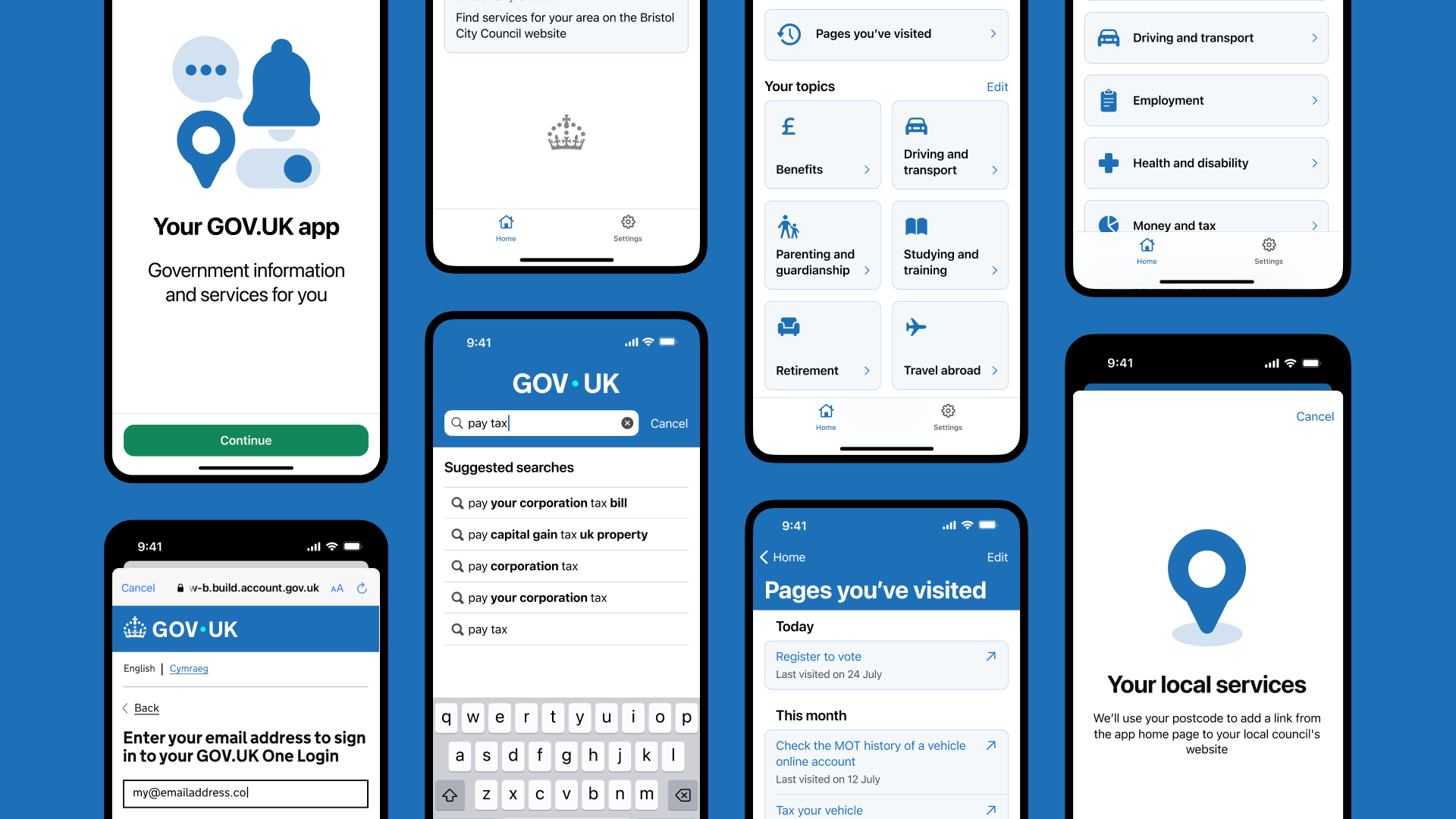Figures show a rise in time taken to answer calls, but department claims time spent in automated platform is ‘valuable’
Despite figures showing a significant increase in call-waiting times since 2017, HM Revenue and Customs has claimed that the use of automated telephony has “improved our customer service standards enormously over the last two years”.
Figures published by the department show that close to one in ten of the 43 million calls made to HMRC over the past year have gone unanswered. This is about double the rate seen in the prior year.
HMRC’s monthly reports show that, during the 12-month period up to February 2018, the average time taken for calls to be answered rose by around half a minute to 3 minutes 47 seconds. About one in seven callers were left on the line for more than 10 minutes.
Related content
- DWP scraps 55p-a-minute helpline charges but stresses 99% of Universal Credit claims are made online
- Government seeks tech firm to trace every packet of cigarettes sold in the UK
- From GPs to the DWP – the public sector must ensure digital is not the only answer
Meg Hillier, chair of the Public Accounts Committee, told The Telegraph: “There are a lot of people who are self-employed, who do not have a raft of tax advisers and who rely on HMRC for help. Hanging on the phone during the day is difficult to do for a lot of people. It is absolutely vital HMRC provides a good service. It is collecting tax on hard-earned money, and it needs to make it easier for people to play by the rules. Its telephone service is still an important part of that.”
But, in response, HMRC said that “we’ve improved our customer-service standards enormously over the last two years”. The department pointed out that mean call-waiting times have fallen from 12 minutes in the 2015/16 year, to under five minutes in each of the last two years.
It also claimed that time spent in HMRC’s automated telephony system is worthwhile, as it helps ensure that calls are directed to the most appropriate person to deal with the enquiry in question.
“A practical example of automated telephony [is when] a customer calls requesting a copy of their P60, the automated system directs them to use their Personal Tax Account to check for this information, so they no longer need to hold on to speak to a member of staff,” HMRC said. “Another example would be if a customer only wants to know how a public holiday affects a regular payment which they receive. An automated message will tell them this information when they call, so they do not need to speak to an adviser.”



